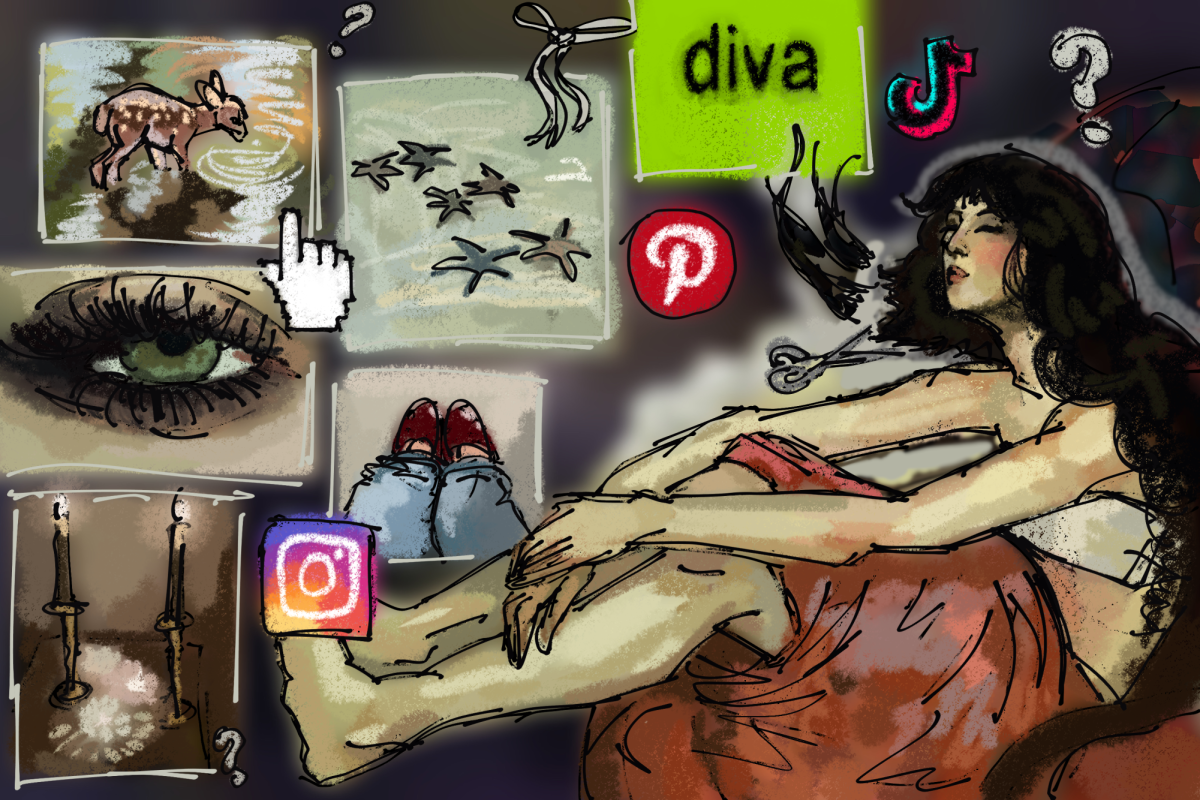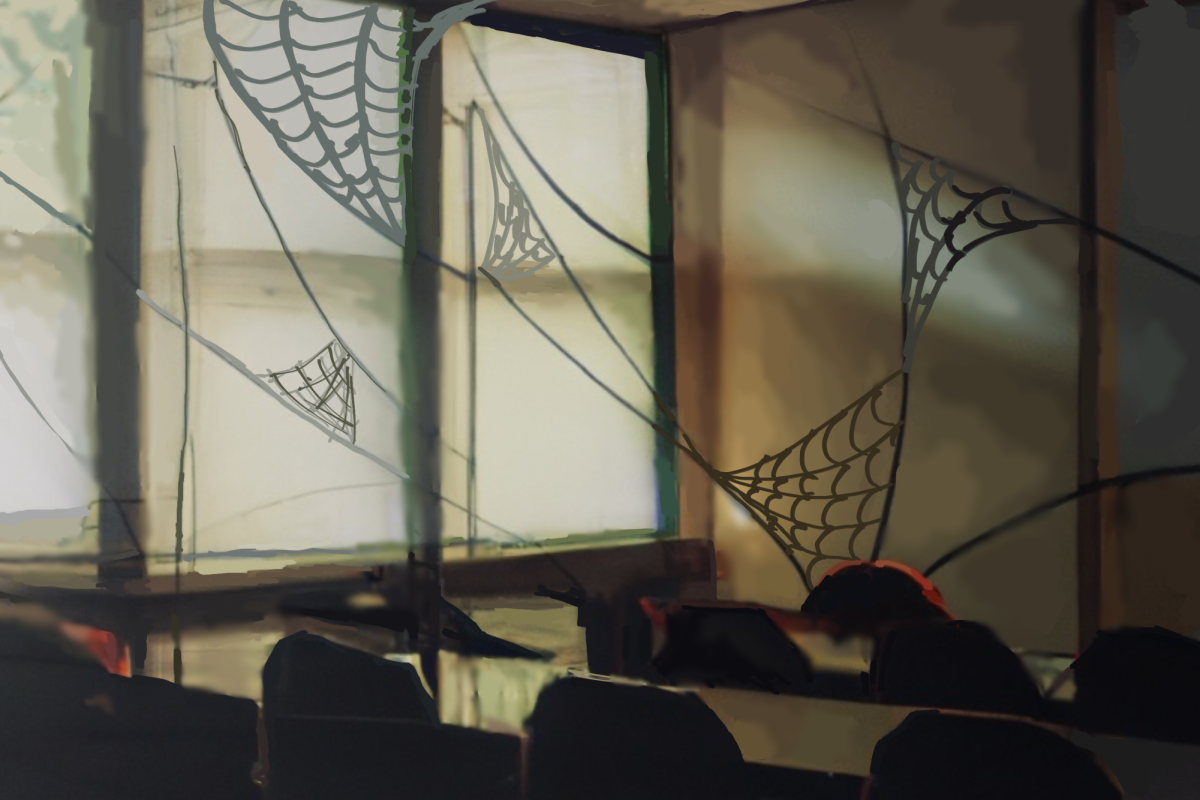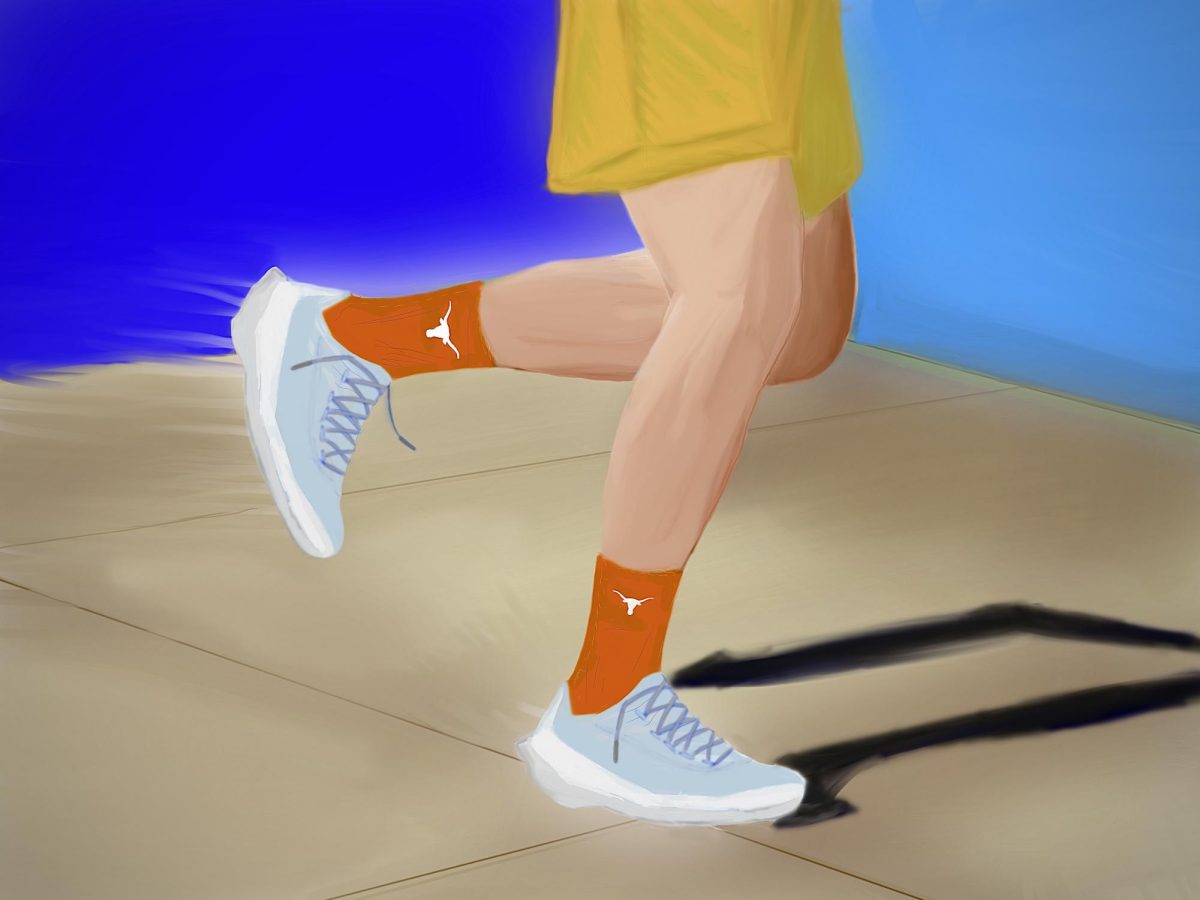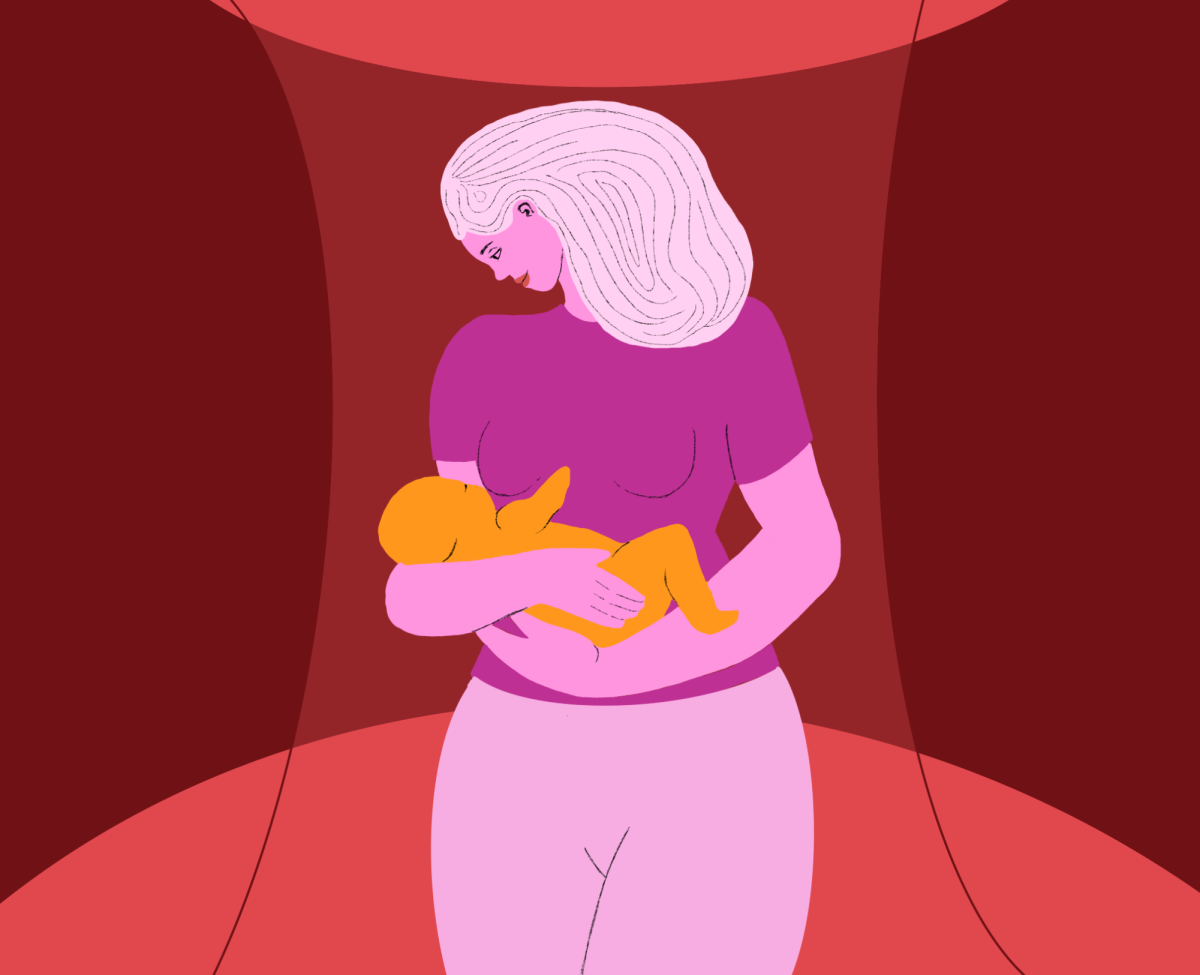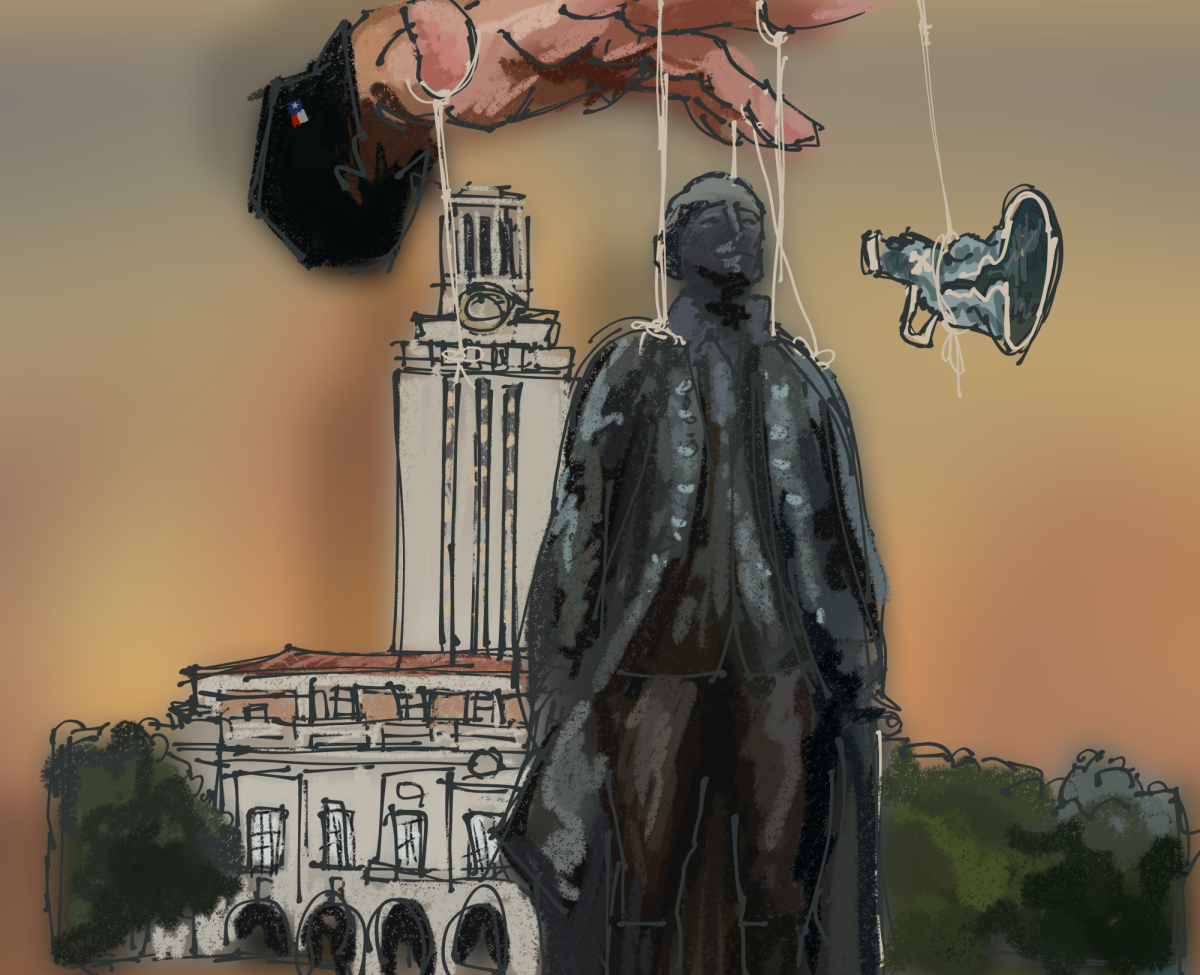The University of Texas is known for its distinct culture. Whether it be the passionate fans, the burnt orange that bathes the campus, the blessed mascot Bevo or the logo, UT-Austin is known and felt across the country.
However, on campus, there is a group struggling to take part in this culture — graduate students in programs ranging from the Master in Business Administration to Medicine. While a little gap between graduate students and UT culture is to be expected, UT should find ways to bridge that gap so that grad students can enjoy the entire Longhorn experience.
Grad students make up roughly 20% of the total population of UT — about 11,000 students. Some double-dipped on a Longhorn education, going from UT undergrad to graduate school. Those students especially understand the divide between the two cultures.
“Double Longhorns know the Forty Acres is not the same between their undergraduate and graduate experiences,” second-year law student Huey Fischer said. “Areas of student life from the SAC to the PCL to the Drag just hit different.”
Buildings such as the PCL are staples on the UT campus, and there are countless students who have made memories studying there. However, for some of these grad students, the PCL is foreign territory.
“I was unfamiliar with PCL because I was never encouraged to ‘explore’ campus, and I’ve only had classes in the same building, Bellmont Hall,” said Mason Pownall, a graduate student in sports management. “My orientation wasn’t ‘Welcome to Texas’, it was ‘Here’s what to expect from your program.’"
Although the PCL is a microcosm of the UT undergraduate experience, it’s not the only thing grad students miss out on.
“Law students aren’t usually found laying out on the Main Mall or engaging with student organization tables on the West Mall simply because of location,” Fischer said. “The only common denominator across undergraduate and graduate students are probably the football games and monthly alert system test nuisances.”
Missing out on these shared experiences is one cause for the disconnect between students. And for some grad students, missing out on these experiences can cause regret.
“I wish I went to undergrad at Texas because of that,” Pownall said. “It’s definitely a different side. I think grad students generally feel more ‘loyal’ to their undergrad if they go to a different school.”
Furthermore, the workload of grad students is generally larger than that of undergrad — another factor in why grad students struggle to become involved on campus.
“I feel like I am always studying or constantly have busy work every day,” said Maggie Chen, a graduate student in professional accounting. “Last semester, I recruited with all four firms and there were basically four weeks where each firm had an event every night. So I would get back from school, get ready for an event, and not come back until late."
However, there are ways the University can help solve this issue. The first is more convenient events and opportunities to interact with the undergrad population. For people with large workloads, convenience is a must, and for students whose graduate schools are located away from the center of campus, events closer to those schools could promote inclusion.
Second, a change to graduate orientation could reap big benefits for students. Encouraging graduate students to explore and providing a wider view of campus would unlock parts of campus that undergrads hold so close to their hearts.
All Longhorns should get the opportunity to be a part of the University of Texas culture — and that includes grad students.
Layton is a marketing senior from Corpus Christi.







